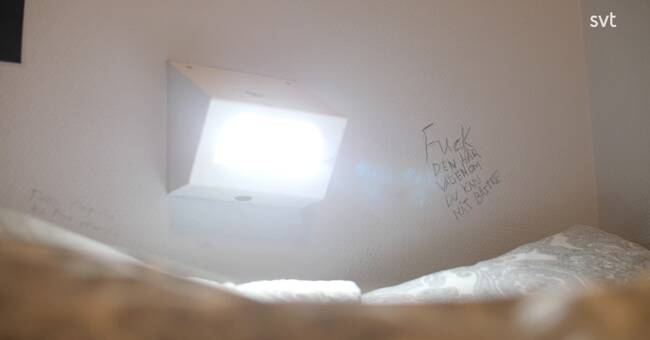In the last three years, the costs for placed children have only increased, in 2018 and 2019 by 6 percent, and landed at almost 17 billion.
Costs also increased in 2020, but only by 2 percent, SVT's survey shows.
The reason is that the municipalities received discounts due to the current pandemic.
But whether the investments have the desired effect is questionable.
- I doubt that the increased cost also means that you actually get a better content in the care, says Martin Bergström.
More than half for institutional care
To find out how much is spent on state compulsory care at SIS homes, we asked the municipalities to specify the costs for the placed children.
Most, 55 per cent, went to family home care, while the remaining costs went to institutional care in some form, ie HVB homes, SiS homes and supported housing.
A total of 10 percent went to compulsory care in locked SiS homes, in the 135 municipalities that share the costs.
Risky care
In research, it is agreed that group housing in institutional care is risky.
- We know that this has a negative effect.
The biggest risk factor for continued crime is precisely group treatment, says Martin Bergström.
SVT has reviewed the placements for Tea, 16, who grew up in various institutions.
Her home municipality Säter has doubled its costs for investments since 2015 and SiS accounts for an increasing share.
In 2020, every fifth kroner will be spent on investments in SiS.
"Lack of alternatives"
The differences in where the young people are placed are large between the municipalities, some have invested heavily in family homes and some mostly in institutional care.
Several social workers believe that this is due to the lack of alternatives.
In Nyköping, more than half of the costs go to institutional care, something that Gabriel Billing, unit manager for social services, sees risks with.
- Yes, the children come in a context with new acquaintances that become a risk environment.
Family homes are better for a good outcome, but are difficult to obtain.
- We prioritize family homes for the smaller children, rather than for young people who may have problems with addiction or crime.
There, it can be better with youth homes that have that competence, says Ulla Salmela Trosell, department manager in Linköping.
But that is a misconception, says researcher Martin Bergström.
He points out that a method with a so-called treatment family has proven to be more effective according to a study conducted by SBU, the Swedish Agency for Medical and Social Evaluation.
This means that trained foster parents together with a team carry out treatment, but only 30-40 young people per year receive this contribution.

